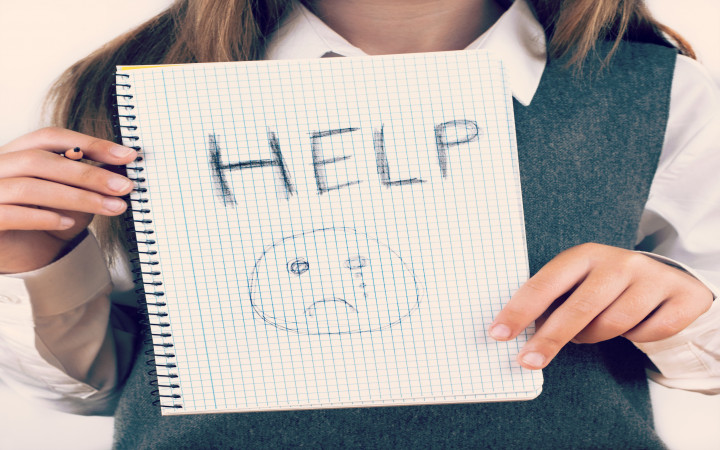Today’s Wonder of the Day was inspired by harper. harper Wonders, “What is an upstander?” Thanks for WONDERing with us, harper!
Have you ever witnessed bullying? Unfortunately, it’s all too common. Each year, many kids—and even adults—find themselves on the receiving end of harmful treatment and intimidation. In recent years, cyberbullying has made the problem even worse.
Being bullied is a terrible experience. That’s why it’s important for everyone to be on the lookout for this type of behavior. However, even when you see another person being bullied, it's difficult to know what to do. When should you intervene? How should you intervene? What if something bad happens?
A person who witnesses an event but doesn’t take part in it is called a bystander. Often, people become bystanders when another person is being bullied. They may be unsure of how to stop what’s happening, or they could be afraid of becoming a target. But there is another option: Instead of being a bystander, you can become an upstander.
What is an upstander? It’s a person who speaks or acts to intervene for a person being bullied. Upstanders may also speak up to support a particular cause they care about. People can be upstanders whether they’re acting in person or online.
How can you be an upstander? First, be a friend. If you see a person being bullied, offer them support. Just standing or walking next to the person can stop a bully. It also helps to make friends outside of your regular circle. Invite others to sit with you at your lunch table or to play a game at recess.
Upstanders also interrupt instances of bullying. They can do so by refusing to gossip or spread rumors about others. They also interrupt by giving the bullied person a reason to walk away from what’s happening. If you see a person being bullied, offer a distraction or safe escape. Then, check on the person who experienced bullying to see if they need further support.
Another way to be an upstander is to speak up. This can be difficult and even scary. However, telling the bully to stop is sometimes all it takes to end a bad situation.
If you watched the video in today’s image and video gallery, you heard testimony from Paul Parks. He described a time when, as a young boy, he acted as an upstander. Paul protected his friend, Maurice, at school from other kids who wanted to physically attack him.
Striving to be an upstander is important. However, it’s also important not to put yourself in harm’s way. If the situation seems dangerous, find an adult or authority figure who can help. This can make as much of a difference as interrupting or speaking up. Don’t worry, this isn’t the same thing as tattling. If you see someone being bullied, you can be an upstander by telling a teacher, parent, or another adult.
Have you ever seen an upstander in action? Maybe you’re already one yourself! Another great way to fight back against bullying is to talk with your friends and family members. You can help them become upstanders instead of bystanders, too. Together, you can make a big difference in your school and community.
Standards: CCRA.R.4, CCRA.L.3, CCRA.L.6 CCRA.R.10, CCRA.R.2 CCRA.R.1, CCRA.SL.4, CCRA.L.1, CCRA.W.2, CCRA.SL.1, CCRA.L.2, CCRA.R.10, NCAS.A.1, NCAS.A.2, NCAS.A.3




